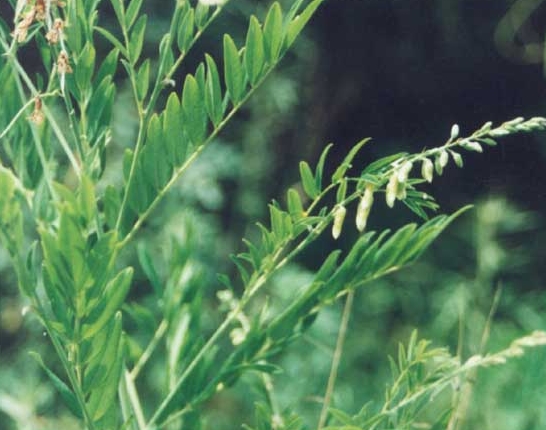Radix Sophorae seed

Part Used & Method for Pharmaceutical Preparations
The roots are dug in spring or autumn. After the fibrous roots have been removed, the roots are cleaned, cut into slices and dried in the sun.
Properties & Taste
Bitter and cold
Meridians
Heart, liver, stomach, large intestine and urinary bladder
Functions
1. To clear heat and dry dampness; 2. To promote urination; 3. To disperse wind and stop itching
Indications & Combinations
1. Damp-heat syndrome (a) damp-heat jaundice. Flavescent sophora root (Kushen) is used with Phellodendron bark (Huangbai), Capejasmine (Zhizi), chinese gentian (Longdancao) and Oriental wormwood (Yinchenhao); (b) damp-heat diarrhea and dysentery. Flavescent sophora root (Kushen) is used with Costus root (Muxiang) and Licorice root (Gancao); (c) damp-heat leukorrhea and eczema of the genitals. Flavescent sophora root (Kushen) is used with Phellodendron bark (Huangbai), Cnidium fruit (Shechuangzi) and Chinese gentian (Longdancao). 2. Skin diseases, including itching of the skin, scabies and impetigo. Flavescent sophora root (Kushen) can be used internally and externally. The herb is combined with Chinese angelica root (Danggui), Dittany bark (Baixianpi), Broom cypress fruit (Difuzi) and Red peony (Chishao). 3. Painful urination caused by damp-heat. Flavescent sophora root (Kushen) is used with Dandelion herb (Pugongying) and Pyrrosia leaf (Shiwei).
Dosage
3-10 g
Cautions & Contraindications
This herb should never be used with the herb Black false bellebore (Lilu). It is contraindicated in cases with weakness and cold in the spleen and stomach.
